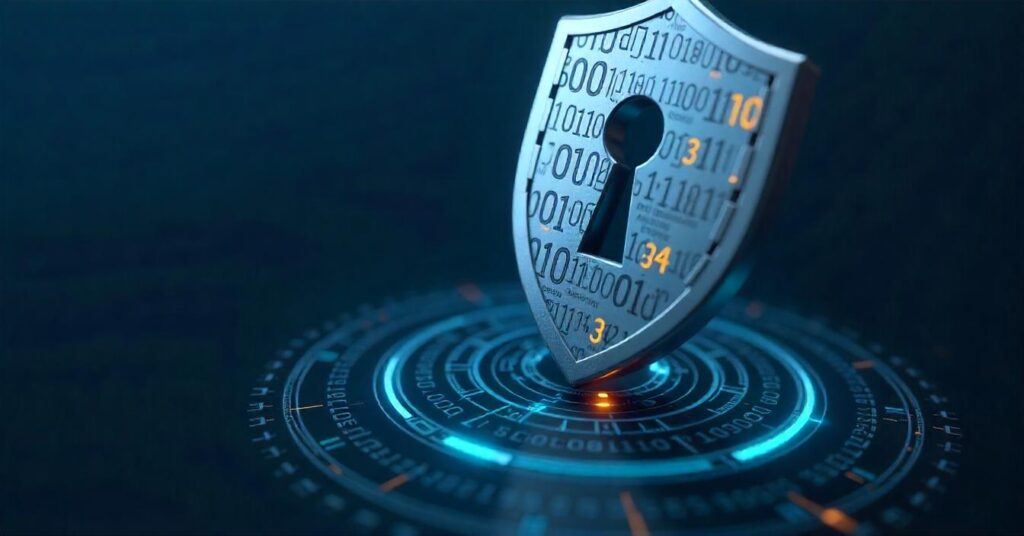
Learn How Proactive Security Measures Build True Cyber Resilience
Feel like you're always one step behind cyber threats? It's a common worry lately. But what if you could shift from just reacting to actually taking control?
This is what active cyber defence is all about.
It's a more innovative approach where you don't just wait for trouble. You actively find and stop threats with your active cyber defences before they can cause serious harm.
What is Active Cyber Defence, Really?
It means your organisation takes deliberate, ongoing steps to outsmart attackers.
Instead of just relying on automated alerts, an active cyber defence means your team is constantly involved. This includes:
- Searching for hidden dangers in your networks,
- Looking at how attackers might get in, and
- Quickly acting on any issues with set plans.
The main aim is to reduce the harm from any attack and cut down the "dwell time," the risky period when an attacker is secretly inside your systems.
By being proactive, you make things much harder for attackers and your business a less appealing target.
The Old vs. The New: Reactive vs. Proactive Security
For a long time, many security plans have been mostly reactive. An alarm goes off, and then the team rushes to fix things.
While security tools are essential, just waiting for them to catch something means you're often playing catch-up.
Limitations of Traditional Reactive Security
Old-style security mainly handles problems after they've been found.
This can cause:
- Slow Detections. Threats might stay hidden for days, weeks, or even longer.
- More Damage. The longer an attacker stays in your system, the more information they can steal or damage they can cause.
- Alert Overload. Security teams can get too many alerts, some being false alarms. This makes it difficult to see the real threats.
The Power of Proactive Security with Active Defence
Proactive security, which is key to active cyber defence, changes this. It's about expecting threats and fixing weak spots before attackers use them.
This includes:
- Threat Hunting. Security experts actively look for signs of attack and the methods attackers use, things that automatic tools miss.
- Constant Watching and Checking. Keeping real-time eyes on your digital setup to spot strange activities right away.
- Building Cyber Resilience. Getting better not just at stopping attacks but also at handling and quickly recovering from any that get through. This keeps your business running, even if there's an incident.
Components of an Effective Active Cyber Defence Strategy
A good active cyber defence is not just one thing. It's a smart cyber defence strategy that mixes technology, plans, and skilled people.
So, what does it look like?
Continuous Threat Hunting
Threat hunting is a human-driven, repetitive process. These cybersecurity analysts rely on their expertise and the current threat information to anticipate and project where problems might be.
Then, they search through system data (logs, network traffic, endpoint activity) to see if they find threats.
This helps find shrewd attackers who know how to evade standard security tools.
For example, a threat hunter might spot unusual network traffic inside your system, showing an attacker moving around after bypassing your perimeters.
Real-Time Monitoring and Analysis
Monitoring everything in real-time provides you with the information needed for both automatic detection and human-led threat hunting.
Effective Security Operations Centre (SOC) capabilities are vital here. This means using tools like Security Information and Event Management (SIEM) and Endpoint Detection and Response (EDR) systems to gather and interpret data from all over your organisation.
The faster you can understand it, the quicker you can act.
Rapid Response and Mitigation
Once a threat is found, you need to act fast. An active cyber defence includes clear incident response plans. These plans tell you how to contain the threat, eliminate it, and recover.
This might mean taking affected systems offline, blocking malicious IP addresses, or deploying patches.
Acting decisively limits how much an attack can spread and the damage it can do.
Intelligence-Driven Defence
A robust cyber defence strategy uses the latest threat information. This means understanding the latest attack vectors, malware strains, and tactics attackers use against businesses like yours.
This information helps you focus your defences, set up your security tools, and guide your threat hunting.
How Can Your Organisation Implement Active Cyber Defences?
Moving to an active cyber defence approach involves clear steps:
- Check Your Current Setup. Know your weak spots. What are your most important assets, and how are they protected?
- Build a Custom Strategy. Create a cyber defence strategy with active steps like threat hunting and better SOC capabilities. This plan should fit your company's specific risks.
- Invest Wisely. This means getting the right tools. But even more so, it means having skilled cybersecurity professionals, whether they work for you or partner with you.
- Build a Security-Aware Team. Active defence isn't just for the IT team. Teaching all staff about threats and safe computer habits improves your overall cyber resilience.
- Get Expert Help. Building and maintaining a comprehensive active cyber defence is nearly impossible for many businesses. Partnering with cybersecurity experts gives you access to the skills and resources you need.
Strengthening Your Defences with 7ASecurity
At 7ASecurity, active cyber defence is at the heart of what we do.
We look deeper than basic scans, relying on our expertise of how attackers work, to help you build a robust, proactive security system.
Our expert penetration tests and security audits are a vital first step. They show you the hidden weaknesses in your systems that others might not find. With this clear view, we help you create targeted defences to achieve real cyber resilience.
But we don't just find problems; we guide you in fixing them and ensuring those fixes hold firm.
This way, your move to an active defence is built on a solid and secure foundation.
Ready to shift from just reacting to building a genuinely powerful defence?

